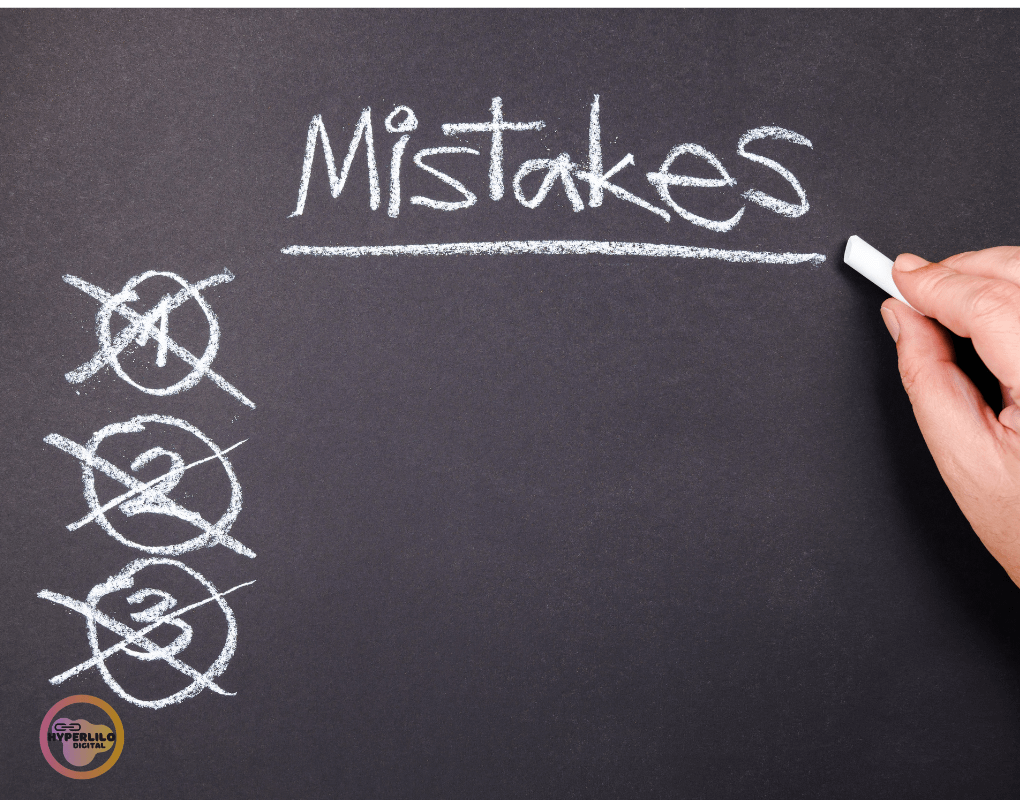Google Ads is a powerful tool for bringing in more customers, but without the right approach, ad budgets can disappear quickly. The goal is to get the most out of every dollar spent. A well-structured ad campaign ensures that money isn’t wasted and that each ad is working to bring in quality leads. This guide breaks down simple, effective strategies to boost results and improve return on investment (ROI).
Table of Contents
Understanding Google Ads ROI

Getting a solid ROI means ensuring ads generate more revenue than they cost. A strong strategy ensures money is well spent, bringing in real business growth. Measuring ROI is essential to determine whether campaigns are profitable. Key factors that impact ROI include:
- Ad relevance – Making sure ads match what people are searching for.
- Landing page experience – Creating pages that encourage action.
- Bidding strategy – Choosing the best way to control costs and maximize results.
- Quality Score – Google’s rating of ad relevance, keyword match, and landing page experience.
- Conversion tracking – Monitoring how many people take action after clicking an ad.
Best Google Ads Strategies for Higher ROI

To make the most of Google Ads, here are some strategies that work:
1. Focus on the Right Keywords
Choosing the right keywords ensures ads reach the right audience. A few key tactics include:
- Using specific keywords – Longer, more detailed search terms tend to bring in the right customers.
- Filtering out irrelevant searches – Adding negative keywords helps avoid wasted ad spend.
- Checking out competitor keywords – Targeting searches related to similar businesses can help capture more traffic.
- Using keyword match types – Broad match, phrase match, and exact match all impact who sees an ad.
2. Write Ads That Grab Attention
Great ads stand out and get clicks. To make ads more appealing:
- Use clear, action-based language (e.g., “Get Started Today!”)
- Highlight what makes a business unique (e.g., “Lower Costs, Better Results”)
- Naturally include keywords so ads show up for the right searches
- Use emotional triggers to connect with the audience
- Test different ad variations to see what works best
3. Improve Landing Pages
Once someone clicks on an ad, the landing page should make it easy to take action. A few simple improvements can make a big difference:
- Make sure the page loads quickly (under 3 seconds)
- Use a clear and direct call-to-action (e.g., “Sign Up Now”)
- Keep the design simple and mobile-friendly
- Match the page content with what the ad promises
- Reduce distractions by removing unnecessary links
- Add trust signals, such as testimonials or security badges
4. Choose the Best Bidding Strategy
Controlling ad spend is key to getting better results. Here are a few options to consider:
- Manual CPC – Allows for direct control over cost-per-click.
- Target CPA – Helps keep the cost per customer acquisition in check.
- Maximize Conversions – Let’s Google’s AI adjust bids to get more conversions.
- Enhanced CPC – Adjusts bids based on the likelihood of a conversion.
- Target ROAS – Focuses on achieving a specific return on ad spend.
5. Use Ad Extensions
Adding extra details to ads makes them more useful and engaging. Some great extensions to include:
- Sitelink extensions – Link to important pages, like pricing or services.
- Call extensions – Make it easy for potential customers to call directly.
- Price extensions – Show pricing upfront to attract serious buyers.
- Location extensions – Help people find a nearby business.
- Promotion extensions – Highlight special offers or discounts.
6. Test Ads to Find What Works
Not every ad will perform the same way. Testing different versions helps improve performance. A few things to experiment with:
- Different headlines and descriptions
- Various call-to-action phrases
- Display URLs that are more appealing
- Different ad formats (e.g., responsive search ads, text ads)
- A/B testing landing pages to see what converts best
7. Keep an Eye on Performance
Google Ads isn’t a “set it and forget it” tool. Regular monitoring and adjustments are necessary. Important metrics to track:
- Click-through rate (CTR) – Measures how many people click on an ad.
- Quality Score – Google’s rating of an ad’s relevance.
- Conversion rate – Tracks how many visitors take action.
- Cost per click (CPC) – Determines how much each click costs.
- Impression share – Shows how often an ad appears compared to competitors.
Common Mistakes to Avoid

Even with a great strategy, small mistakes can hurt ROI. Some common pitfalls include:
- Ignoring negative keywords leads to wasted ad spend.
- Not optimizing landing pages – Causes high bounce rates and low conversions.
- Setting a budget too low Limits the ability to compete in the ad auction.
- Forgetting to track conversions – Makes it hard to measure success.
- Not updating ads regularly – Can lead to ad fatigue and lower performance.
Getting great results from Google Ads takes strategy and regular fine-tuning. With the right approach, ads can bring in more customers without wasting money. Making small but effective changes to keywords, ad copy, landing pages, and bidding strategies can significantly improve performance and ROI.
Want to see better results from Google Ads? Hyperlilo Digital is here to help! Reach out today and start improving your ROI.
